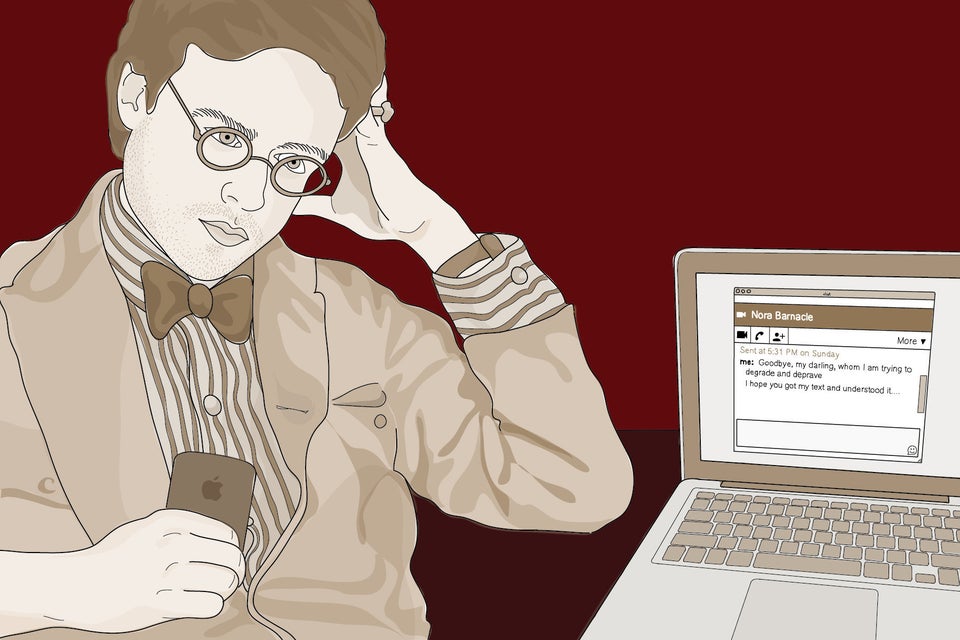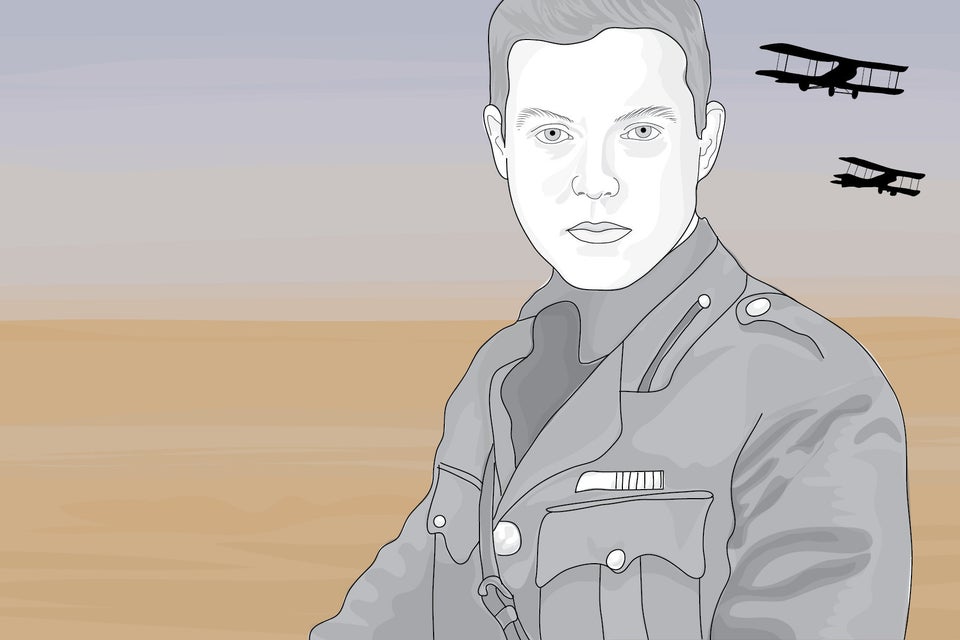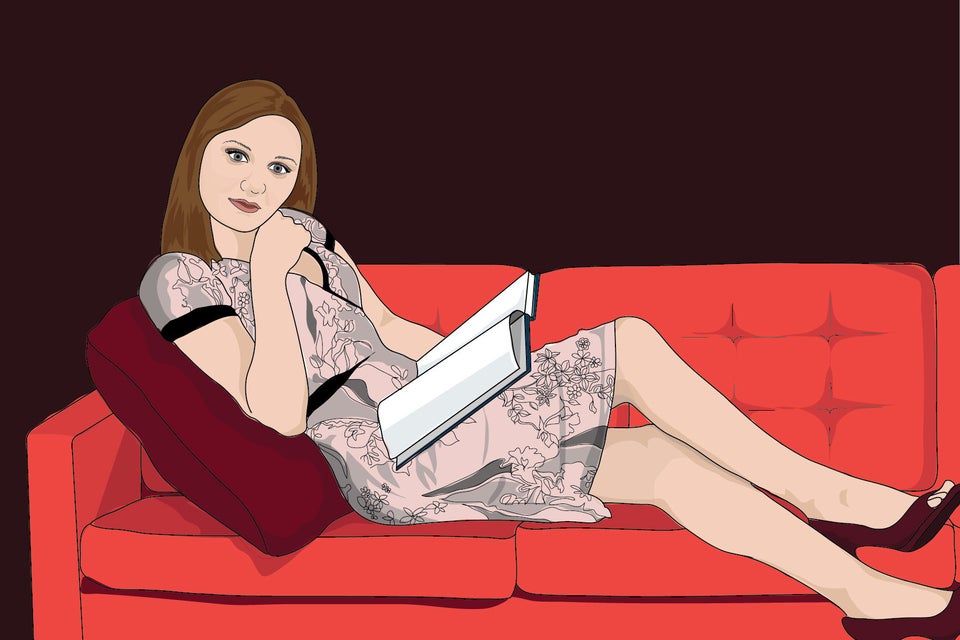When new books hit shelves, their dust jackets are wrapped carefully in context: "reminiscent of Salinger's early work," or "in the spirit of Melville," a glossy hardback might declare. Such alignments serve as measurements by which readers can set their aesthetic barometers--and, marketing departments hope, lead a bookstore patron to think, "This novel must be important."
Two years ago, The Guardian reported that classic literature's influence on contemporary writers was waning, and in many ways this makes sense. It seems logical for a young writer to aspire to and, in some cases, emulate their contemporaries. Most aspiring writers want to publish what will sell, and so they defer to what's selling now. They want big numbers, want to win awards, want to be on NPR and maybe even snag a few cable TV interviews. Sometimes they want those things even more than being named Salinger or Melville reincarnate. And who, really, can blame them? A brilliant critique in a literary journal won't pay anyone's rent, but a plug on The Daily Show might.
Yet we continue arriving at that perennial question: Which books will last? We're asking, simply, what literature should do. It's easy for us to bemoan the chart-topping sales of certain mass-market paperbacks, or dismiss those successes by proclaiming that no one will read these books in 20 or 200 years. But perhaps these aren't the conversations we should be having. Maybe it's simpler than that--our job as readers, writers and publishers might just be celebrating work we think should last, rather than condemning what will not.
We still read The Jungle though the Progressive and New eras have long passed. Les Misérables depicted France's 30-year-old rebellion upon its publication in 1862, but it mattered and continues to because its examinations of law and morality aren't tethered to time. There is still so much we can learn. So, too, I hope readers will say 150 years from now about books depicting our early Internet age, our passing countercultures, our confused ecological disasters.
Here are five contemporary authors with the makings for longevity, and whose books speak to classic writers who've already proven what can--and will--last.




